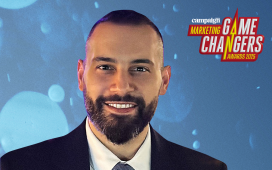When asked about humanity’s raison d’etre, one of the greatest scientific minds of our age, Dr. Brian Cox, suggested that, in the absence of other intelligent life, our existence “brings meaning to the universe”. In other words, having created pretty much everything, The Almighty didn’t just see that it was good; He wanted an audience to show appreciation. As a template for the concept of ‘purpose’, you could say it is unbeatable: create a product – us, for that matter – then give it meaning beyond its otherwise contemptible base functions.
So far, so good. Fast forward a few billion years to the past few and we find marketers demonstrating great admiration for a higher power
To continue reading this article you need to be registered with Campaign. Registration is free and only takes a minute. Register Now or sign in below if you already have an account.









